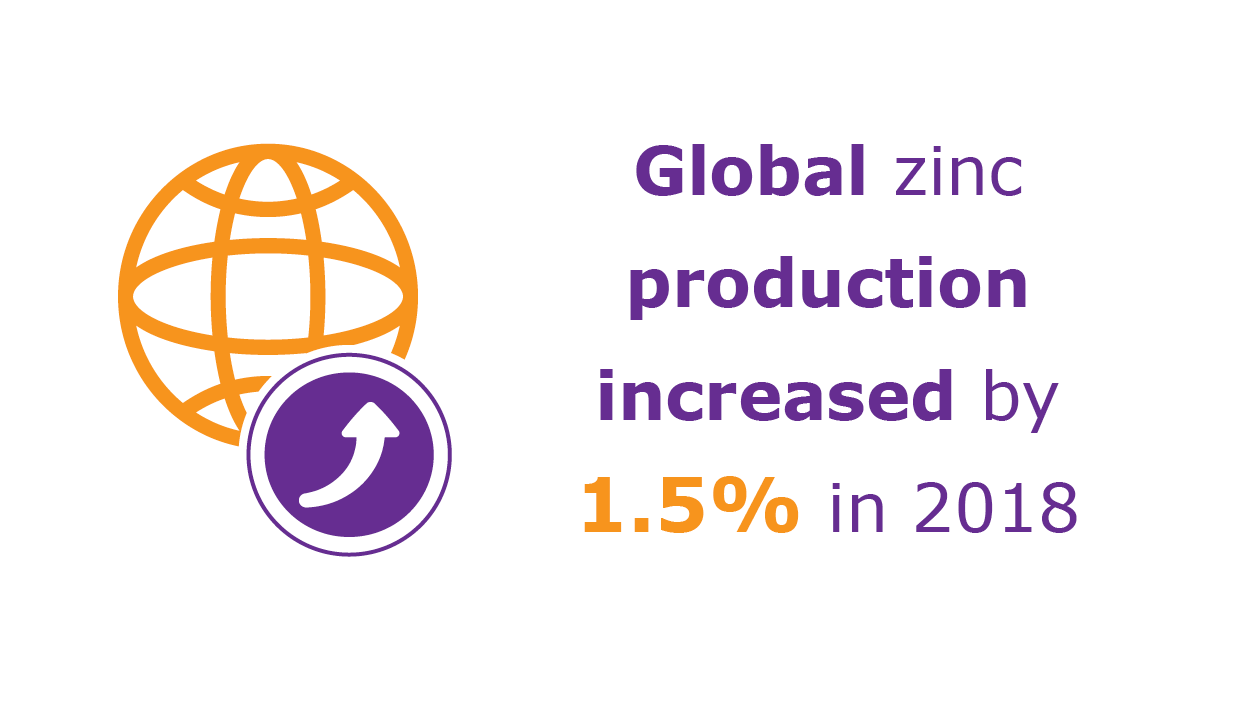Mining houses, contrary to the perception that they were slow to adopt technology, were actually hungry for software as far back as 1996, which was when Paul Saker, a mining engineer, took legacy software that was deemed useless to the mining industry, rewrote it and used it to develop and formulate methods to improve short-term mining interval-control systems.
That same year he established MineWare Consulting. Saker retired eight years ago and his son Ian is now the company’s MD. He explains just how transformative this early MineWare system was.
‘Compared to open-pit operations, deep-level mining information and monitoring had a longer time lag between the blast and mill delivery, frustrating the analysis of actual yield compared to planned yield. MineWare closed this gap considerably and allowed mine management access to information faster, which in turn improved efficiencies.’
By the time Saker junior entered the business in 2002, the industry was ripe for these types of solutions, and he was the obvious choice to take MineWare into the technological age. There was never any doubt that he was to play a role in MineWare, moulded to do so by not just his bloodline but his natural curiosity, which was evident as early as kindergarten age, when kitchen gadgets held more allure for him than toys. It was the cheese grater that captured his attention the most; the obvious use for it was as a shovel in a dragline, the intricacies of which were explained to him by his father.
Following his father’s lead, Saker came into the family business to enhance the already solid reputation MineWare had established in the gold and platinum sectors with the provision of mining programmes such as personal protective-equipment issuing, safety, bonus systems, action management, ore accounting, engineering and fleet management.
As quickly as technology advanced, so too did MineWare’s capabilities, acquisition of knowledge and innovations. ‘The solutions we were providing to the gold and platinum sectors were noteworthy, with many systems successfully tweaked in response to specific challenges,’ says Saker. ‘Enquiries escalated, including from the uranium, copper and manganese strata, all of which began adopting our technology and services to keep their operations more effectively productive.’ And with the issuing of regular updates from MineWare, customers are further equipped to remain current with their counterparts.
The software behind MineWare capabilities is ingrained with intensive research and development, all done in-house and by developers who have both IT and mining experience and expertise. In the unlikely event that an existing solution does not apply to a challenge, it is these developers, comprising some 70% of the business, who create new software or adapt an existing programme and hone it until user-acceptance testing proves its viability and the client is happy.
‘MineWare’s most valuable resource is its people, who understand, can interpret and formulate a practical solution that can be understood by all,’ according to Saker.

‘How this plays out is in the provision of a modular design that progresses users through, for example, aspects of production, engineering, ore accounting, bonus, sampling, survey, risk, action management, and incidents and accidents. In other words, the data richness is exponential. Information from different aspects of the business that affect each particular discipline magically becomes apparent and manageable.’
Potentially more affordable too, it seems, especially in terms of people care or financial capital gains. Look at MineWare’s approach to safety, as an example. One of its programmes addresses the South African Department of Mineral Resources and Energy’s Section 54.
‘Stoppages can be, and have been, reduced to hours instead of days, and the time and money saved is only one aspect of our system. Using optical character recognition and risk products dramatically improves prevention and responsiveness to threats, which is critical in the industry. If you can’t mine safely, you can’t be productive,’ says Saker.
This concentration on safety has been pivoted to address the COVID-19 preparedness that has become a reality for mines. Currently, everyone entering a mine has to complete a health-assessment form. Thousands of these forms are generated every day, and the mines struggle with processing them. MineWare’s OCR system makes quick work of scanning these forms for digital availability.
‘We are very alert to the fact that mines struggle to find harmony between safety and production; traditionally the two disciplines hamper one another’s effectiveness. MineWare solutions integrate them, with information transparent to all within the mining company, highlighting risks and under-utilisation of assets so that resources can be optimised.’
It’s no secret that across the board, the MineWare software footprint is small, but that’s precisely what makes applications simple and readily customisable. It’s likely this simplicity, plus the fact that the industry is also somewhat confined, that translates into MineWare’s being in demand to provide demonstrations of its applications.
Whether new or customised, MineWare cleverly owns the IP of all its systems, which is also Sarbanes-Oxley-compliant where necessary, and which is a requirement for mining companies registered on the New York Stock Exchange. Owning the IP means MineWare can start work immediately on acceptance of one of its systems. Yet it is not even this luxury of speed that drives the organisation’s success but rather its responsiveness. ‘Clients cannot afford to wait for a bi-annual release – they generally need a reaction within hours or days. Nor should it matter that they are in a different time zone to have their request incorporated.’

Time differences are one of the challenges many international businesses face when trying to penetrate the African market, along with the imperative to understand the continent’s dynamic and developing nature. This is one of the differentiators for MineWare: that it is an African company, with its head office based in South Africa.
Saker says that while the preferred method of meeting MineWare’s African customers is face-to-face, challenges in the mining industry demand quick and effective turnaround solutions. Technology enables this, which, given that MineWare’s DNA is in digital solutions, means meetings albeit via computer screens play to both organisations’ advantage.
‘Instead of travelling hours or even days to a meeting site, we can connect in minutes. This has a further advantage in that our web-based systems make it easy to service and deploy our resources remotely, which is what we currently do for clients in Zimbabwe, Zambia, the DRC, Mali and Tanzania.’ Saker says that distance, and infrastructure and skills for that matter, are less of a challenge than those of change management and communication within the differing tiers of a mining business. ‘Getting everyone to understand the end goal and the process journey in getting there is paramount to a successful and efficient implementation, which is why our developers do much hand-holding during installation.’
Once an installation is complete, the developers hand over to a fully briefed client-services team, which is equally adept at taking care of customers. ‘Support and system upgrades are ongoing. However, our applications are easy to learn. The skills required to operate a MineWare system are no more complicated than operating a smartphone and they are designed to be so.’
Paying attention to detail, such as skills levels in the industry, comes from MineWare’s thorough understanding of the dynamics of the environment in which mines operate. ‘These are essentially the same challenges as national governments’: housing, education, power reliability, security, environmental, health and safety, currency fluctuations, stock control, infrastructure and so on,’ says Saker.
‘We’ve cut our teeth facing the same challenges as everyone else who is based on the continent, so we know how to factor them into solutions, but with the understanding that there is no single solution for all. Each mining house has different and unique requirements. These cannot be responded to by simply providing the ability to switch on and off certain functions of a system,’ he says.
‘Systems must be configured to overall needs – if a mining house wants to launch rockets and activate flashing lights when they reach a target, we can do it. MineWare systems are only limited by a client’s imagination.’






